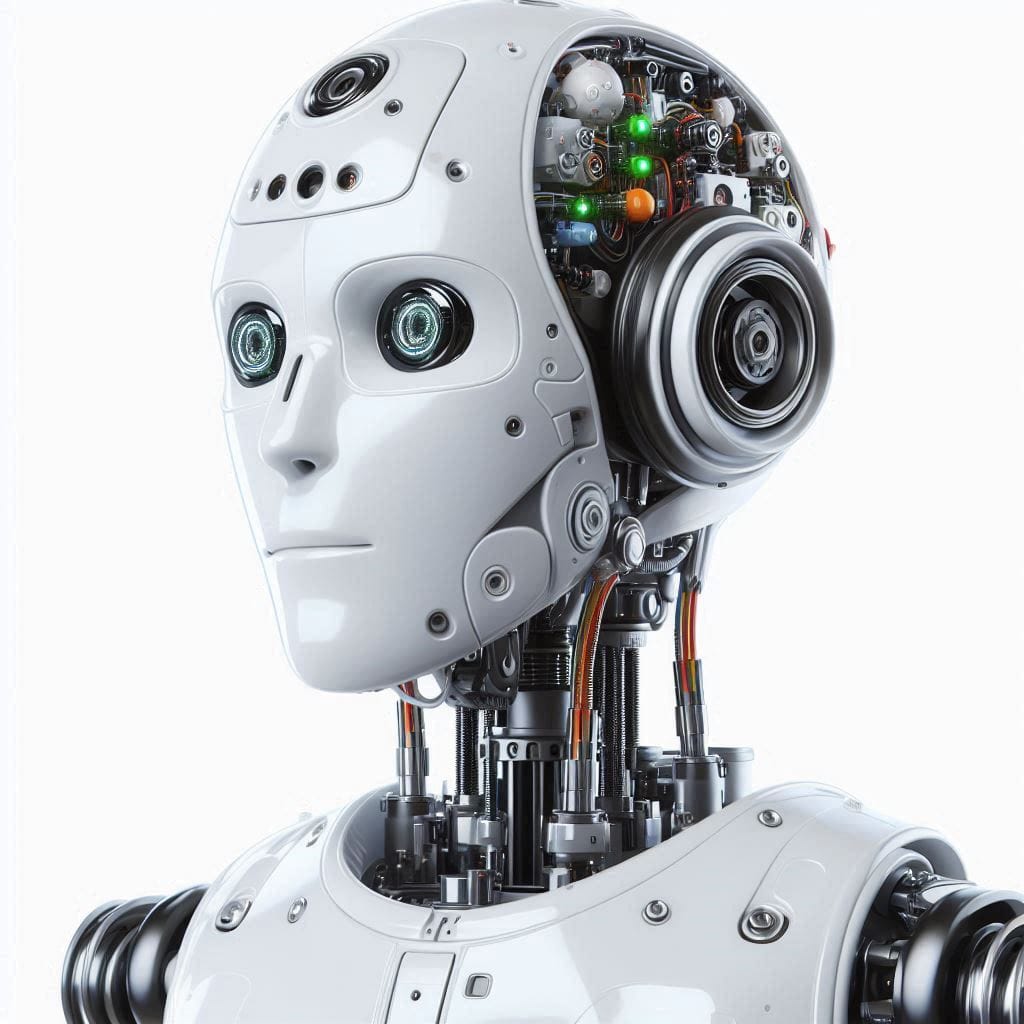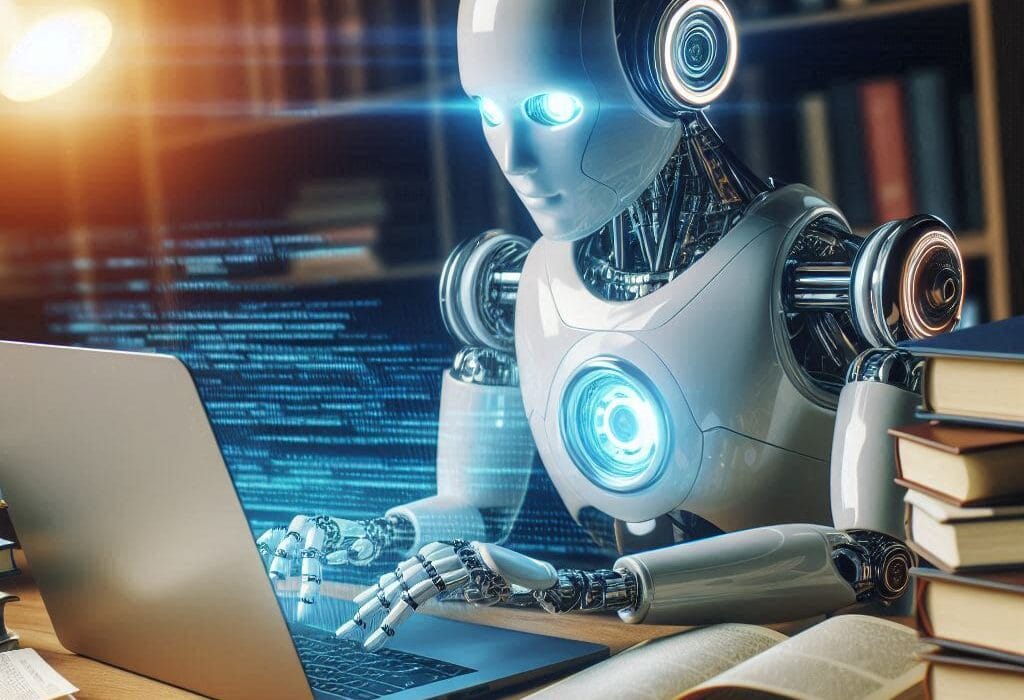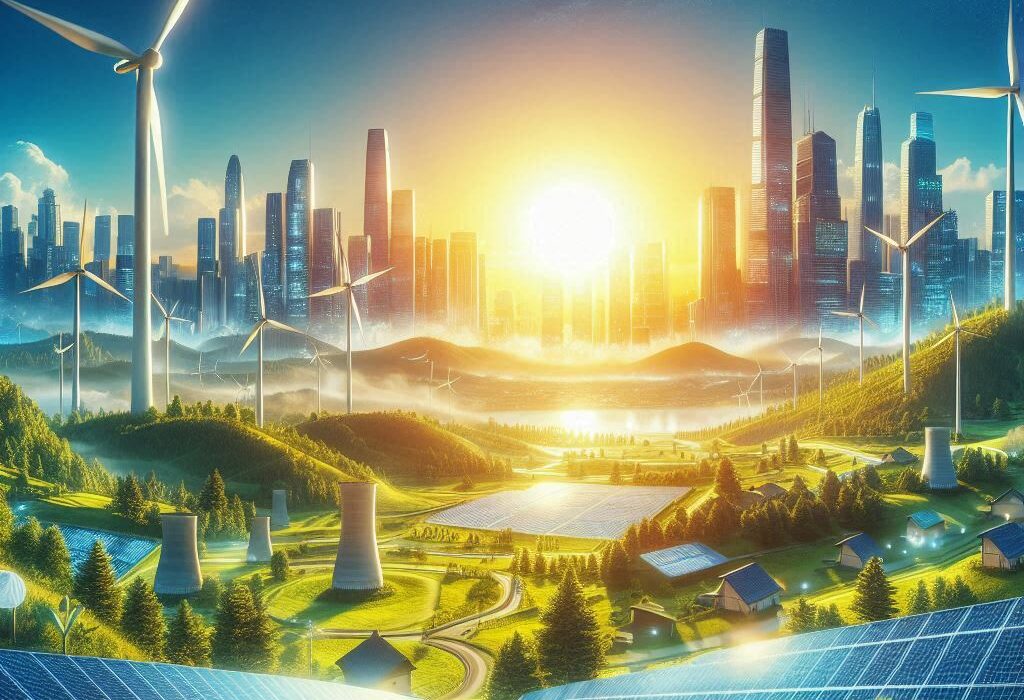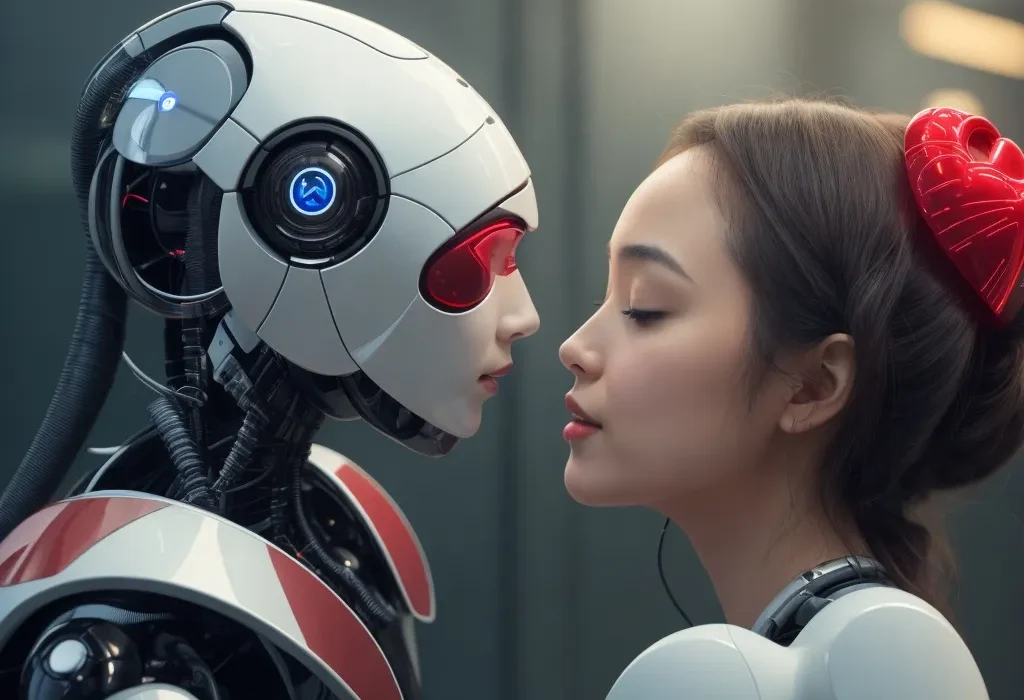The story of robotics is no longer confined to science fiction. What once lived only in the imaginations of writers and futurists has become a powerful, tangible force reshaping the way we live, work, learn, heal, explore—and even dream.
Robots are not just machines. They are intelligent systems—mechanical minds guided by sensors, algorithms, and learning models—that can adapt, evolve, and increasingly, make decisions. From assembly lines to operating rooms, from ocean trenches to distant planets, these synthetic assistants are transforming nearly every domain of human life.
Robotics is not a single revolution. It is a constellation of revolutions, each unfolding in its own space, yet interconnected. These seven domains illustrate how deeply robotics is reshaping our world—today, not tomorrow.
Revolution in Healthcare: From Surgical Precision to Emotional Companions
Nowhere has robotics had a more intimate impact than in the world of medicine. Hospitals once dominated by steel tools and white coats are rapidly evolving into spaces where robots work alongside doctors, nurses, and patients.
Take the Da Vinci Surgical System—a robotic platform that enhances surgical precision, flexibility, and control beyond the capabilities of human hands. Surgeons operate from a console, guiding robotic arms equipped with cameras and micro-instruments, allowing for minimally invasive procedures. This means smaller incisions, less pain, faster recovery, and reduced infection risks.
But the surgical theater is just one domain. Rehabilitation robots like the Lokomat help stroke victims and spinal cord injury patients relearn how to walk, providing consistent, repetitive motion that speeds recovery. Prosthetic limbs are now equipped with AI that interprets neural signals, allowing wearers to control them with their thoughts.
Then there are the emotional dimensions of care. In Japan, where aging populations are straining healthcare systems, robotic caregivers such as Paro, a therapeutic seal-like robot, offer companionship to dementia patients, reducing anxiety and enhancing well-being. These aren’t just gimmicks—they represent a bridge between tech and humanity.
Meanwhile, telepresence robots allow doctors to “visit” patients remotely, extending expertise into rural or quarantined areas. They’re eyes, ears, and wheels that collapse geography. In a world recovering from a pandemic, this isn’t a luxury—it’s a necessity.
The Robotic Workforce: From Factories to Retail Aisles
The factory floor was where robots first made their mark. Starting in the 1960s, industrial robots like the Unimate began welding and assembling in the auto industry. Today, those early giants have evolved into sleek, fast, and intelligent systems that can assemble smartphones, pack groceries, or sort thousands of packages in minutes.
Robots are reshaping labor. They don’t get tired. They don’t call in sick. And in a world that demands speed, consistency, and precision, they’re often better than their human counterparts. This has sparked anxiety—will they replace us? But the reality is more nuanced.
In collaborative robotics, or “cobots,” machines and humans work side by side. These robots are designed to assist, not replace. They’re equipped with sensors that detect human motion, avoiding collisions and learning tasks. Workers are now becoming robot trainers, maintenance specialists, and process designers.
In agriculture, autonomous tractors and robotic harvesters are tackling labor shortages and increasing yield. These robots use GPS, computer vision, and machine learning to navigate fields, detect ripeness, and pick crops with careful precision.
And in retail? Companies like Walmart and Target are deploying inventory robots that roam aisles, scanning shelves, tracking stock, and alerting staff to shortages or misplaced items. In warehouses, robot fleets powered by AI optimize picking, packing, and shipping at a speed the human eye cannot match.
The workplace of the future will not be man or machine—it will be man and machine.
Exploring the Unreachable: Robots in Space, Sea, and Disaster Zones
Robots are our eyes and hands in places where humans can’t go—or shouldn’t.
Think of Mars rovers like Curiosity and Perseverance. These robotic explorers have traveled hundreds of millions of kilometers, landing on alien soil to drill, sample, and even search for signs of past life. Equipped with AI, Perseverance can make autonomous decisions about where to explore next. The data it sends back fuels discoveries about Earth’s early history and the possibilities of interplanetary life.
In deep oceans, where pressure would crush a human body, autonomous underwater vehicles (AUVs) map the ocean floor, monitor climate patterns, and study marine life. Robots like Boaty McBoatface or Orpheus plunge into abyssal trenches, revealing ecosystems untouched by light or human eyes.
In disaster zones, where buildings crumble and toxic fumes linger, search and rescue robots step in. These nimble machines can enter collapsed structures, locate survivors using thermal sensors, and relay vital information to rescuers. After Japan’s 2011 tsunami and nuclear crisis, robots became indispensable in exploring the radioactive wreckage of Fukushima’s reactors.
Even drones, technically flying robots, now provide aerial views of wildfires, assess earthquake damage, and deliver emergency supplies. In every catastrophe, there’s now a robot waiting, watching, and acting.
Transforming Education: Robots as Teachers and Learners
Education, often slow to evolve, is undergoing a quiet robotic revolution.
Robots are entering classrooms—not to replace teachers, but to augment learning. Take Nao and Pepper, humanoid robots designed to interact with students. They can read emotions, answer questions, and adapt their responses to each learner’s style. Children on the autism spectrum, who struggle with human social cues, often respond better to these consistent, nonjudgmental companions.
In universities, robotic tutors help students grasp complex subjects like programming and math. They offer one-on-one attention that most classrooms can’t afford. And they never get tired of repeating the same explanation.
Meanwhile, robot kits are helping children learn coding, engineering, and design from an early age. Products like LEGO Mindstorms and VEX Robotics turn kids into inventors. They’re not just learning to use technology—they’re learning to create it.
Behind the scenes, AI-driven robots are helping schools manage logistics—grading papers, tracking student progress, and even flagging emotional distress through language analysis. Education is becoming more personalized, more efficient, and more adaptive.
As technology literacy becomes as fundamental as reading and writing, robots are ensuring that the next generation doesn’t just survive the future—they shape it.
A New Era of Mobility: Self-Driving Cars and Robotic Transportation
Few technologies feel more futuristic than the self-driving car. Yet we’re already living in that future.
Autonomous vehicles—whether cars, trucks, or drones—are robots in motion. Equipped with lidar sensors, cameras, radar, and AI software, these machines interpret surroundings, predict behavior, and make split-second decisions.
Companies like Tesla, Waymo, and Baidu are racing to perfect driverless vehicles. In some cities, autonomous taxis are already on the streets. In others, robot delivery services bring groceries, food, and packages right to your door. These vehicles don’t just automate movement—they’re redesigning cities, reducing accidents, and potentially slashing emissions.
But the robot revolution in mobility isn’t limited to cars. Drones now deliver medical supplies in remote African villages. In Rwanda, blood products are dispatched by drone in minutes—saving lives that would otherwise be lost to geography.
In warehouses, fleets of mobile robots coordinate seamlessly, moving goods with uncanny efficiency. Amazon’s Kiva robots, for example, have redefined logistics, replacing forklifts with intelligent swarms that know where everything is, all the time.
Even public transportation is changing. Autonomous shuttles are being tested in airports, campuses, and smart cities, offering a glimpse of a future where mobility is clean, efficient, and free of human error.
Reimagining Home and Daily Life
Once the domain of science fairs and laboratories, robots are now becoming household companions.
Robot vacuum cleaners like Roomba have normalized the idea of machines doing our chores. But we’ve moved far beyond that. Home robots can now mop, mow lawns, clean pools, monitor home security, and even fold laundry (though that one’s still a work in progress).
In smart homes, robotic assistants respond to voice commands, manage schedules, adjust lighting, and control thermostats. While not mobile, these systems—powered by AI—are essential building blocks of domestic robotics.
Then there’s care robotics. In countries like Japan, where aging populations outpace caregivers, robots like Robear help lift patients from beds to wheelchairs gently and safely. Others remind seniors to take medication, detect falls, and alert family members or doctors.
The emotional side of robotics is also blooming. Pet robots like Aibo mimic dog behavior, respond to touch, and provide companionship, especially for those who cannot care for real animals. Children’s robots teach language, tell stories, and even engage in basic conversation.
This is the beginning of an era where robots will become not just tools, but members of our households. Their presence will become as normal—and as invisible—as a refrigerator or smartphone.
The Ethical Frontier: Power, Autonomy, and Responsibility
With great power comes great responsibility—and robotics is no exception.
As machines become more autonomous, we face profound ethical questions. Should a self-driving car prioritize the life of its passenger or a pedestrian in a no-win scenario? If a military robot kills a civilian by mistake, who is accountable—the soldier, the engineer, or the algorithm?
Autonomous weapons systems, or “killer robots,” are already in development. These are machines that can select and fire on targets without human intervention. Many scientists and ethicists are calling for global bans on such technologies, warning of a future where war is waged without morality.
Bias in algorithms is another danger. If a facial recognition system used by a police robot misidentifies people of color at higher rates, it can lead to wrongful arrests, surveillance, or worse. Transparency, oversight, and regulation are urgently needed.
Even in healthcare and education, the privacy of data collected by robots must be protected. Who owns the data from your robotic vacuum—just maps of your living room, or something deeper?
Finally, there’s the human cost of automation. If robots displace workers en masse, how do we ensure a just transition? Some suggest universal basic income. Others propose a robot tax. One thing is clear: the economic structure of society must evolve alongside its machines.
Robots reflect the values of those who design and deploy them. They can serve humanity—or exploit it. The future, ultimately, is not in their hands. It’s in ours.
Conclusion: The Human-Machine Horizon
We are no longer asking if robots will change the world. They already are. The real question is: how do we shape that change?
From healing the sick to rescuing the lost, from educating children to exploring the stars, robotics is not just a technological trend. It’s a new chapter in the human story. One in which our tools grow minds, our machines grow legs, and our future becomes a collaboration between carbon and silicon.
As we cross this new frontier, the challenge is not just technical—it’s moral, philosophical, and profoundly human.
We must design robots not just to be smart, but to be kind. Not just efficient, but ethical. Not just capable, but compassionate.
Because in the end, the most important part of robotics is not the robots—it’s the humans they’re meant to serve.






